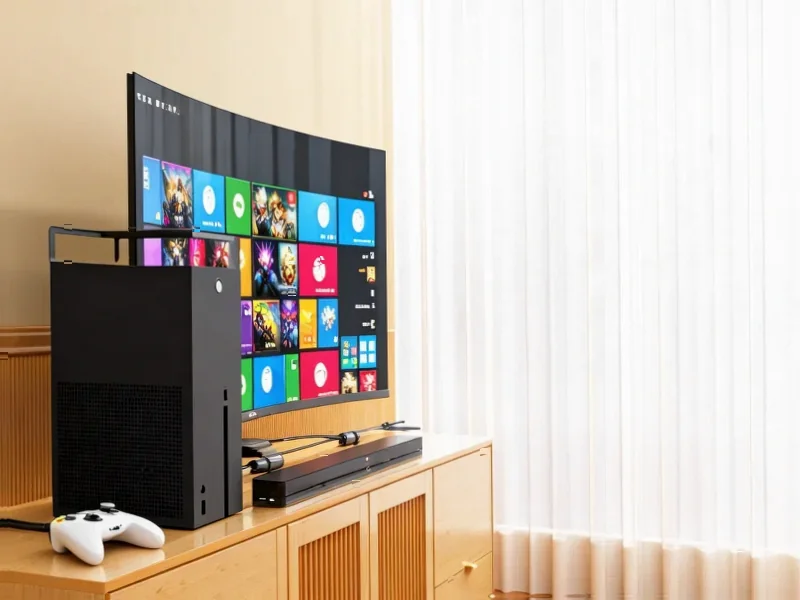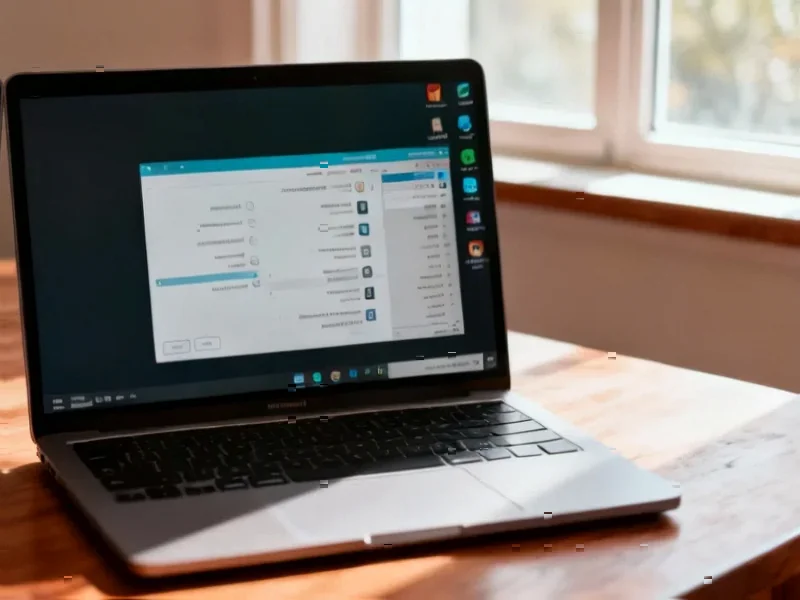According to KitGuru.net, the October 2025 Steam hardware and software survey reveals that Linux gaming has surpassed the 3% threshold for the first time, reaching 3.05% with a 0.41% monthly increase. Windows saw its largest decline in recent memory, dropping 0.75 percentage points to 94.84%, while macOS gained 0.34% to reach 2.11%. The Steam Deck accounts for 27.18% of all Linux gaming activity, making it the single largest contributor, while Arch Linux holds second place at 10.32%. Based on Valve’s 2022 monthly active user figures, this translates to well over 4 million Linux gamers, with the actual number likely higher given Steam Deck sales since then. This data signals a notable shift in gaming platform preferences.
The Beginning of Platform Fragmentation
While 3% might seem modest, this milestone represents the first meaningful crack in Windows’ near-total dominance of PC gaming in over two decades. The gaming market has historically operated as a near-monoculture, with Windows maintaining 95%+ market share since the early 2000s. This fragmentation, however small, creates new competitive dynamics that could accelerate as Steam’s hardware survey continues to track these trends. For game developers, even this small percentage now represents a market large enough to warrant dedicated Linux support, especially given that Linux gamers tend to be more technically sophisticated and willing to spend on gaming.
Steam Deck’s Transformative Impact
The Steam Deck has fundamentally changed the Linux gaming equation by providing a turnkey solution that eliminates the traditional barriers to entry. Unlike traditional Linux gaming, which required technical expertise for driver installation and compatibility layers, the Steam Deck offers a console-like experience while running SteamOS. This has created what industry analysts call the “Apple effect” in Linux gaming – a curated, user-friendly experience that masks the underlying complexity. The device’s continued presence in Steam’s top 10 global sellers indicates sustained demand rather than a temporary spike, suggesting this growth may have staying power.
Windows 10 End-of-Support Creates Opening
The timing of this Linux growth coincides perfectly with Microsoft’s Windows 10 end-of-support timeline, creating a natural migration opportunity. Many gamers facing the prospect of either paying for Windows 11 upgrades or buying new compatible hardware are discovering Linux alternatives as viable options. This represents a strategic vulnerability for Microsoft that hasn’t existed since the Windows XP to Windows 7 transition. The fact that both Linux and macOS gained share while Windows declined suggests this isn’t random fluctuation but rather a structural shift driven by platform evaluation decisions.
The Ripple Effect on Game Development
This growth creates a self-reinforcing cycle for Linux gaming. As the user base expands, more developers find it economically viable to ensure native Linux support or robust Proton compatibility. We’re already seeing major game engines and middleware providers prioritizing Linux compatibility, which in turn makes porting easier and less expensive. The emergence of gaming-focused distributions like Bazzite and the appearance of Flatpak runtimes in the survey data indicate that the ecosystem is maturing beyond just SteamOS to accommodate broader gaming needs.
Future Market Dynamics
Looking ahead, we’re likely to see increased competition in the handheld PC gaming space, with more manufacturers considering Linux-based alternatives to Windows. The success of SteamOS demonstrates that a well-executed Linux gaming platform can compete effectively, potentially opening the door for other hardware makers to explore similar approaches. For Microsoft, the challenge will be maintaining gaming revenue while facing increased platform competition for the first time in years. The next 12-24 months will be critical in determining whether this represents a permanent shift or a temporary anomaly driven by specific market conditions.




